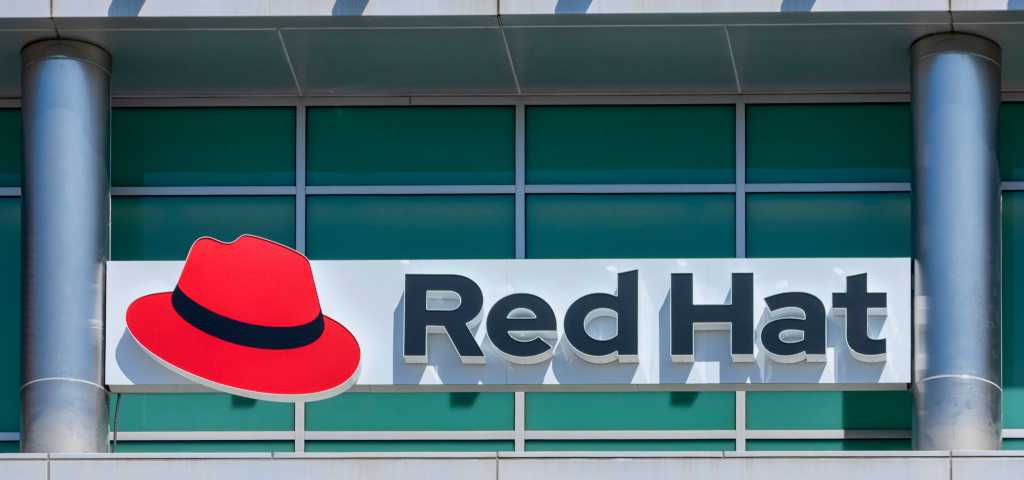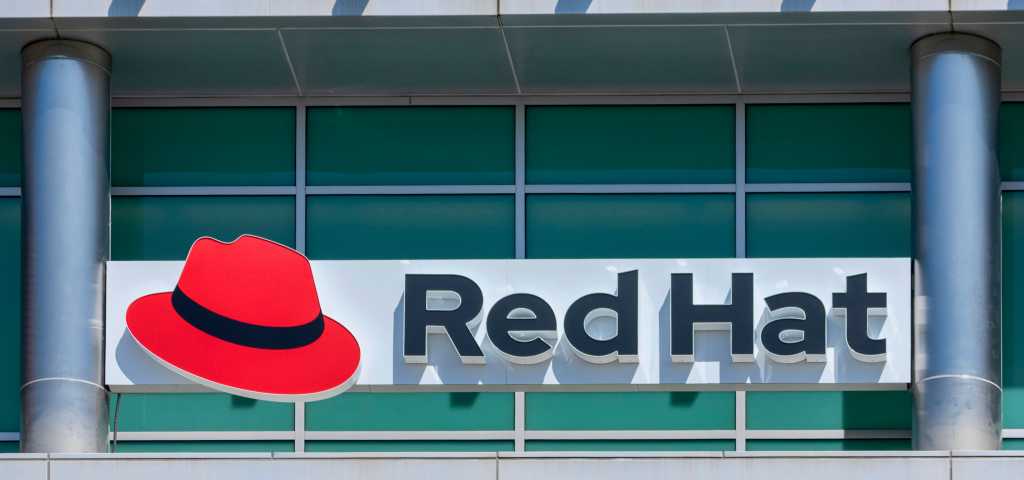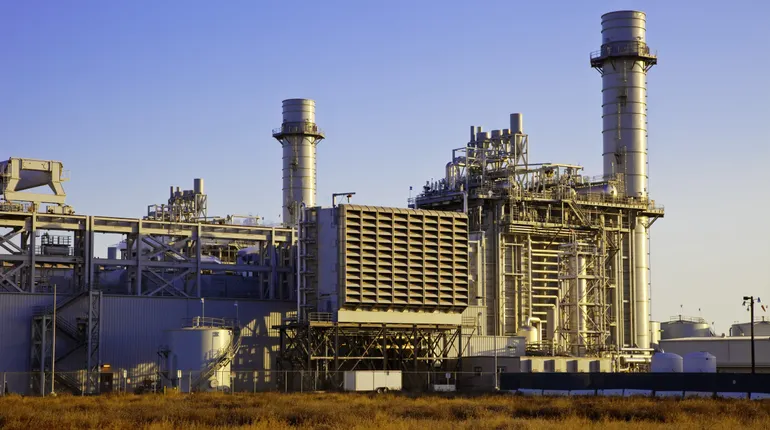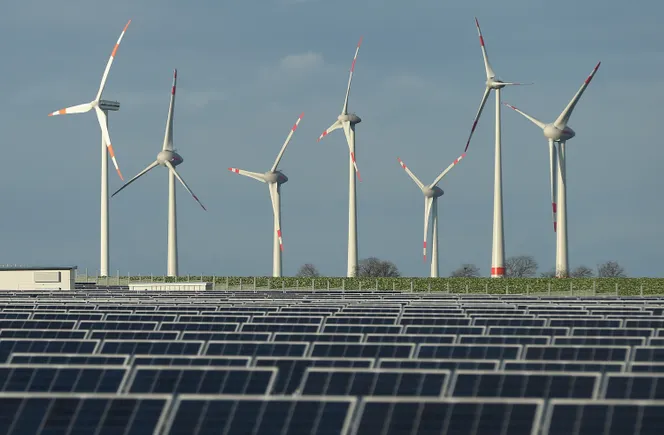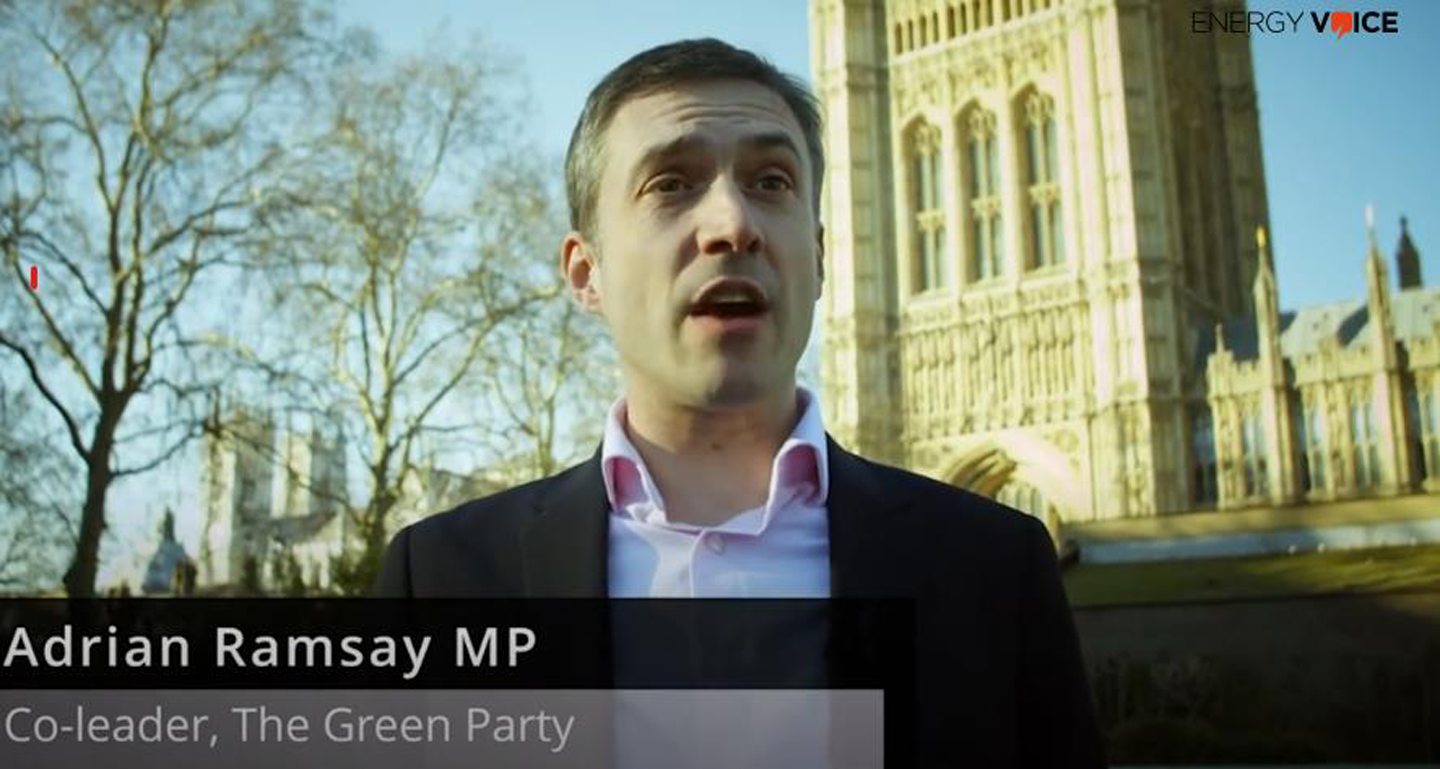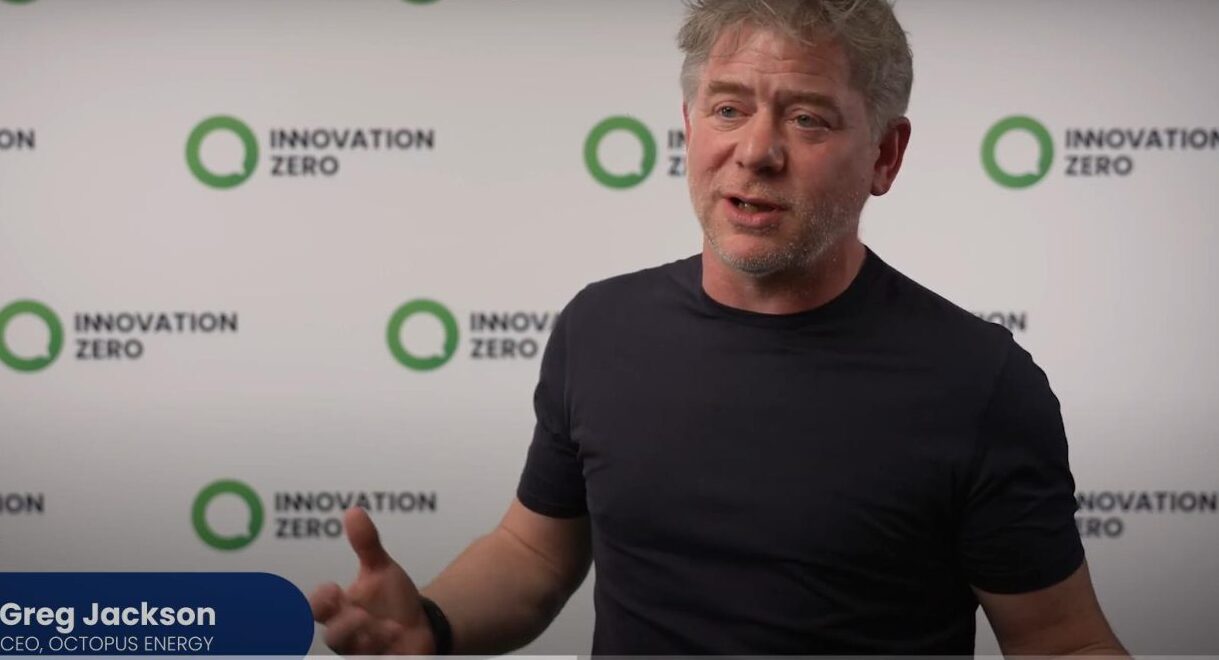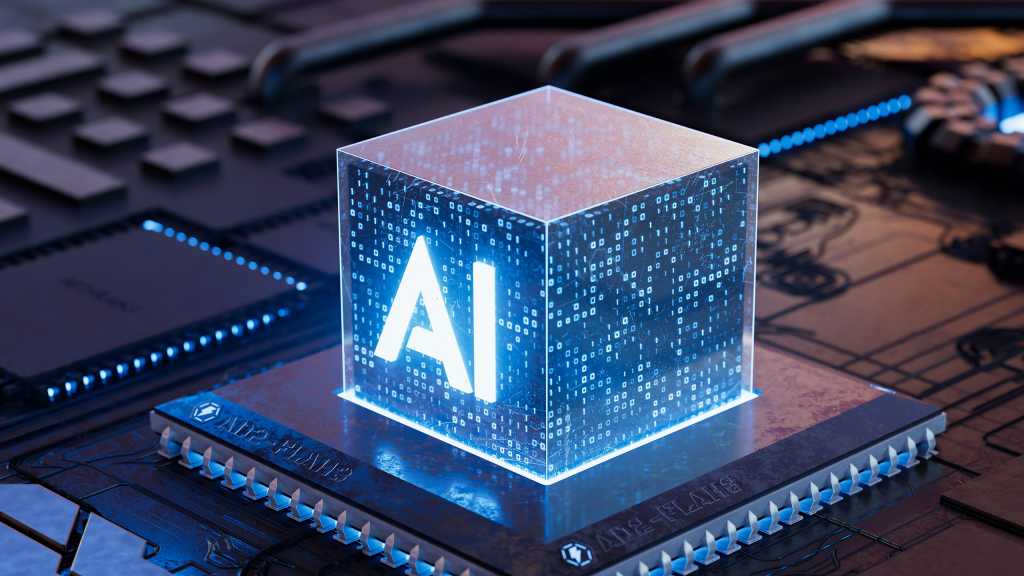
AMARILLO— U.S. Secretary of Energy Chris Wright delivered keynote remarks today at the Department of Energy’s Pantex Plant in Amarillo, Texas, marking the completion of the first production unit of the B61-13 nuclear gravity bomb.
The B61-13 is the latest modification to the B61 family of nuclear weapons and was completed nearly a year ahead of schedule and less than two years after the program was first announced, making it one of the most rapidly developed and fielded weapons since the Cold War. Under President Trump’s leadership, the Department is modernizing America’s nuclear stockpile to deliver peace through strength. The B61-13 builds on proven B61-12 production capabilities and incorporates modern safety, security, and accuracy features, with a yield tailored for hardened and large-area military targets. The B61-13 is one of seven warhead modernization programs NNSA is executing to ensure the long-term performance and credibility of the U.S. deterrent.
Secretary Wright’s full remarks:
It’s an honor to be here on this special day. Every time I hear our national anthem performed, I feel strong emotions. I feel first a sense of gratitude—gratitude for those that came before us and created this nation against all odds, that put their lives on the line and stuck to their principles, no matter what the pressure was. I also feel a sense of pride to be born in this country and to have the great luck to live as an American. The ideas of freedom, liberty, and justice for all—but freedom isn’t free. Freedom isn’t free.
That national anthem was written over 200 years ago, the last time there were foreign troops on our soil. Most ideas or nations get taken over and they get snuffed out; they lose their way. We’re unique in history, and our nation has not. And that’s only because of the men and women in our country that have stood strong, both on the principles and with the might to defend our borders and to defend our ideals.
And Pantex and the people of Amarillo have been central to that mission. And I’ll come back to that in a second.
I bring regards from President Trump, who is incredibly committed to this mission of modernizing our nuclear stockpile as quickly and as efficiently—but as robustly and strongly—as we can.
He got elected on really a simple principle: that prosperity at home and peace abroad are what America and the world needed. And those go together. A prosperous, strong America is the best way to guarantee peace abroad. A strong, principled America is central to world peace and to the lives of all of us—all our friends, all our families, and all our fellow Americans across the country.
I have the incredible honor to be in this role. I’ve been an entrepreneur my whole life. The last time I had a boss, I was 19 years old. And then I met a new guy a little more than a year ago at dinner and a very candid dialogue about energy and about our country. And right away, he said, “You should be Secretary of Energy.”
And then he came to me after the dinner and said, “Would you do it?” I said, if I’m asked to serve my country, there’s only one answer. I didn’t have to think about that one. I did look at my wife that night and she said, “Absolutely, we’re moving to DC. You know, I’m willing.”
And my wife has been this lifelong partner for me, up for every adventure. So, I’ve been a very, very lucky guy.
As an entrepreneur, I started a number of businesses, mostly around energy—technology and energy. That’s why I am an energy tech nerd. But I started—I named the last company Liberty Energy, two of my favorite words.
We have 30-year life expectancy throughout all of human history. 20,000 years ago, before the invention of agriculture, and 200 years ago— there was 30 years of global life expectancy at birth. Today, it’s 73 years. Just a few generations back. Just an incredible transformation.
What happened? There’s all sorts of history before 200 years ago. What happened? And to me, two fundamental things changed:
The growth of bottom-up social organization—human liberty. Societies were top-down. Women were property of their husbands, of their fathers. Slavery was endemic across every major society throughout all of history. We didn’t start perfect in those ideals, but America started with a North Star—to bring liberty, not just to our country, to the world. That mission has been not complete, but remarkably, remarkably successful in making the lives we all have.
And the partner in making that happen was energy. It was this explosion in available energy—from wood. Mostly wood, a little bit of wind, a little bit of water flowing. That’s what powered the world throughout all of human history. And then the arrival of coal and oil and natural gas. And then these derivative energy sources that are only possible because of coal, oil, and natural gas, like nuclear, large-scale hydro, wind, solar—everything else is really derivative of hydrocarbons.
But those two things changed our world: liberty and energy.
And I think President Trump realized that both of those were under some threat. We saw a growing movement in our country that maybe free speech and free interchange of ideas—maybe those were out of fashion. They didn’t fit with the world today.
I think we saw—as we heard from the General earlier—we saw growing threats to our liberty around the world. To us, a rapidly rising China. It’s a huge, huge global threat we haven’t seen in our lifetimes. We’ve seen Russia’s activities and where Russia stands today. And, as we heard, the world has gotten more dangerous.
We need very much today a strong America. We need a prosperous America to keep peace for our shores and peace abroad, to the extent we can achieve it.
This community—the Pantex community and the broader Amarillo community—have been central to that for over 80 years. In World War II, much to our surprise with the bombing of Pearl Harbor. Within a few months, this facility was built and started quickly to build armaments to win the war. A war we fought in the Pacific. We fought in the Atlantic—by far the largest conflict in human history.
You’re a ways away from any danger here from foreign enemies, but they’re there. This community rose up and cranked out armaments to allow our troops around the globe to win that war.
In that war, we also had a very unique effort for science. That wartime mobilization meant creativity, meant patriotism, and a rushed effort—literally in two and a half years in Los Alamos—we developed nuclear weapons under the gun of both war and the knowledge that Nazi Germany also had a nuclear weapons program. Getting second wasn’t an option.
But America rose to that challenge. And we developed nuclear weapons, which you learn in school are horrific and terrifying—and they are terrifying. I would say they’re not horrific. They and American strength and resolve have probably been the biggest bringers of peace in the world for 80 years, without any live conflict between major powers.
There are plenty of wars around the world, and President Trump’s agenda is to bring as many of those conflicts as possible to an end. But your chance of dying from violent death in our generation—and our children’s generation—is the lowest it’s ever been.
We have the news and we hear about all the conflicts around the world, but because of a strong America, because of an unbowed resolve, we have a much safer—not completely safe—but a much safer and more peaceful world that’s allowed ourselves, our children, our grandchildren to pursue wonderful, dreamy lives.
But to maintain that, our biggest risk is complacency. That risk is there. And that risk has been mostly at bay because of the strength of our military and the commitment of American leadership, American citizens, and American resolve.
Pantex is absolutely central to that.
And there was a brief break from ’45 to ’51, where we won the war, but of course, the Cold War rose quickly. And we understood this feeling of security was very brief.
The only way we could ensure security was to be the strongest, the most powerful, the most technologically advanced, and the most committed to our values of any nation on Earth.
Pantex was reinvented as the final assembler, where all roads lead to our nuclear stockpile. This nuclear stockpile has had unbelievably positive effects—not just on the lives of Americans—but on the lives today of 8 billion people in the world that benefit from American strength and American security.
But the backbone of that strength and security—the ultimate guarantor of the sovereignty of our nation—is our nuclear stockpile.
You built that stockpile in the ’50s, ’60s, ’70s, and ’80s. Then we went into a more peaceful period. We disassembled some of those weapons—also done by you. We maintained that stockpile and those weapons throughout all that time period.
And now, with age on those weapons and rising security risks around the world, we’re called to action to modernize multiple weapons systems in our stockpile. Who’s going to lead that effort? The people looking at me in the room right now, and your more than 4,000 other colleagues that are working hard right now to make our country safe and secure.
I was honored—and a little bit emotional as well—to stamp that B61-13 today. That’s the cutting edge of this weapons stockpile. And amazingly—have you heard of anything today that’s done a year early? Anybody built a house or had a major project or done anything else—showed up to your contractors and they said, “good news is, we’re a year ahead of schedule?”
I’m not sure I’ve ever heard that in my life. And I know this year in the broader program here, we’re 107% ahead of plan. That’s out of fashion the last few years—everything’s late, over budget, and delayed. But not here. Not in this community. Not in this complex.
So, I end with a thanks— a thanks from me personally. I’m so proud to be on your team now. I’m here for the count. They’ll take me out in a few years, but I’m pretty motivated to be here and to be in this role.
A thanks from President Trump. We got him to bring back common sense, strength in America. Resolve in America. We can do big things—and we can do them on time and on budget—because we are responsible to spend the taxpayer money of 340 million Americans.
Your delivery—early, on budget—and the whole modernization program so far ahead of schedule, a huge warm thank you from President Trump.
And I’ll end with a thank you for the American people—all the American people. They go to sleep more secure at night, not worried about foreign invaders. They’ve got worries, indeed, but it’s a luxury to worry about other things.
If you’re worried about your physical security—of you and your kids—nothing else matters. Well, because of your tireless efforts here for generations, you give all Americans a feeling of security. I’ve got things to worry about, but my foreign enemies aren’t one of them.
God bless you all. Thank you for your tremendous work. I’m proud to be your partner.



